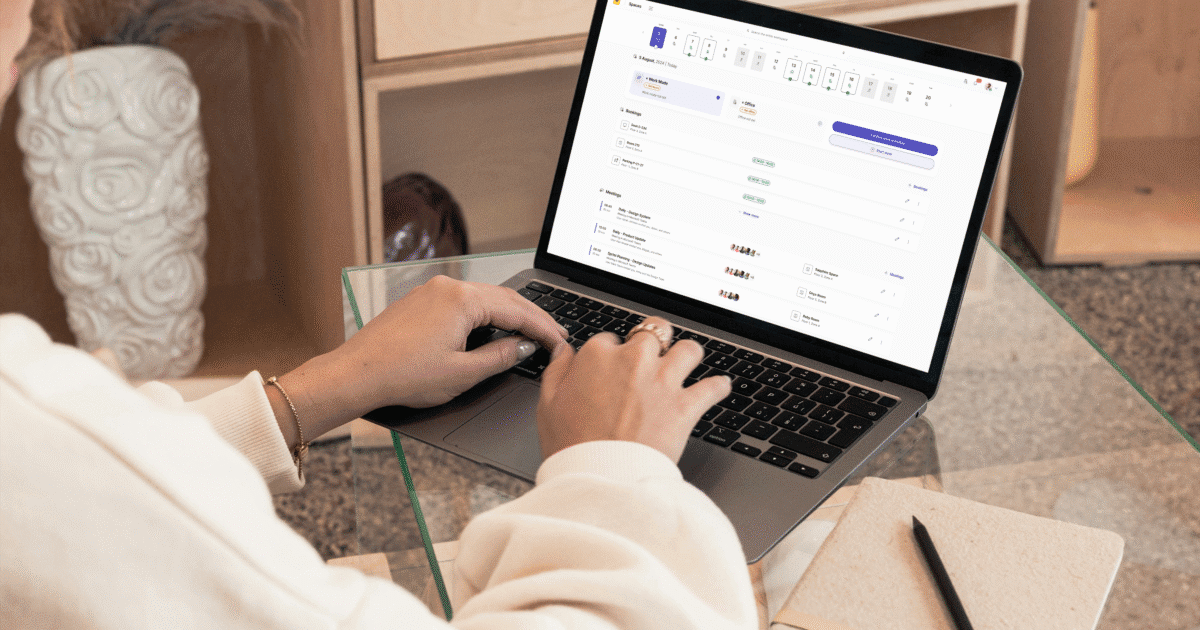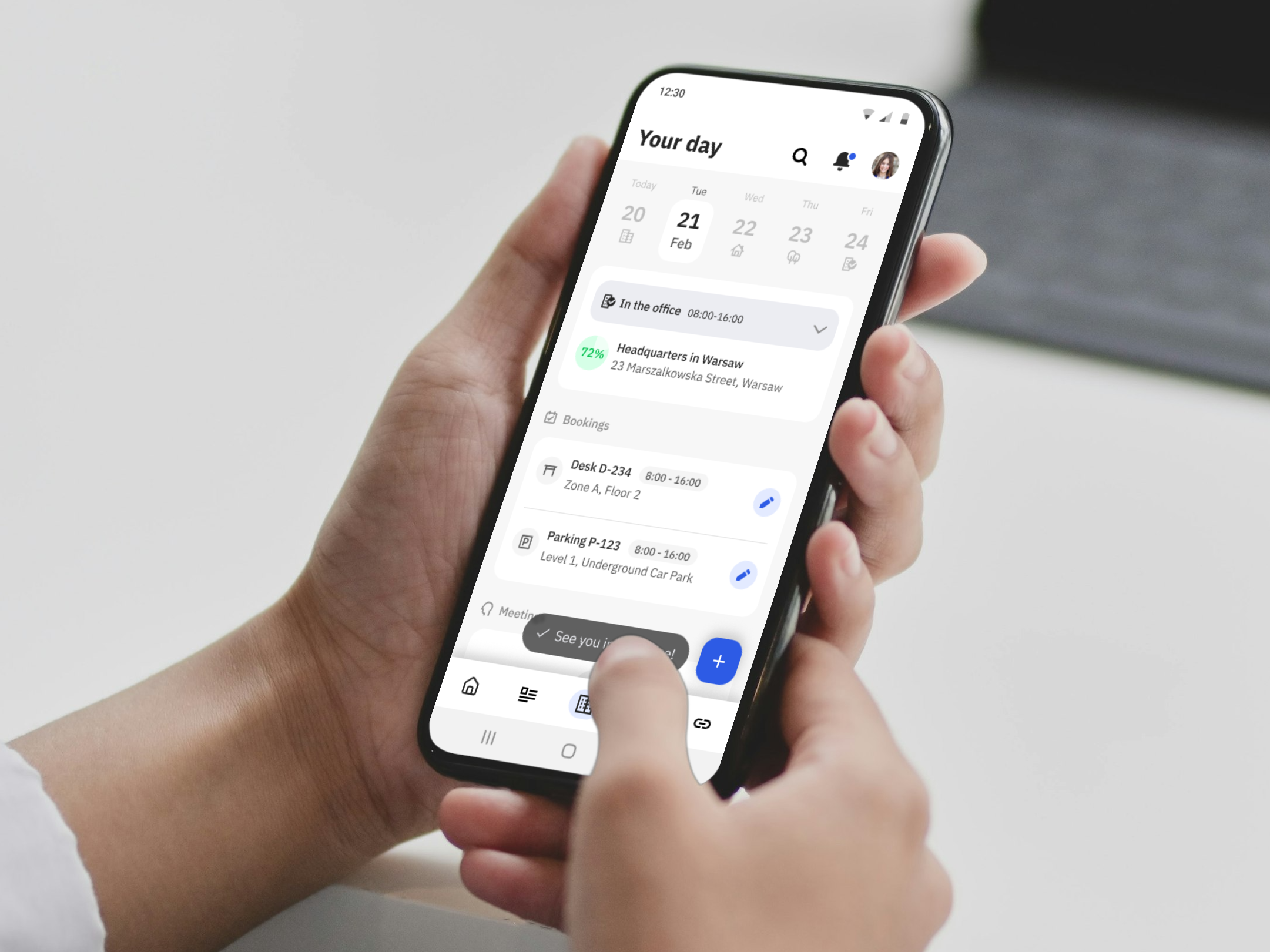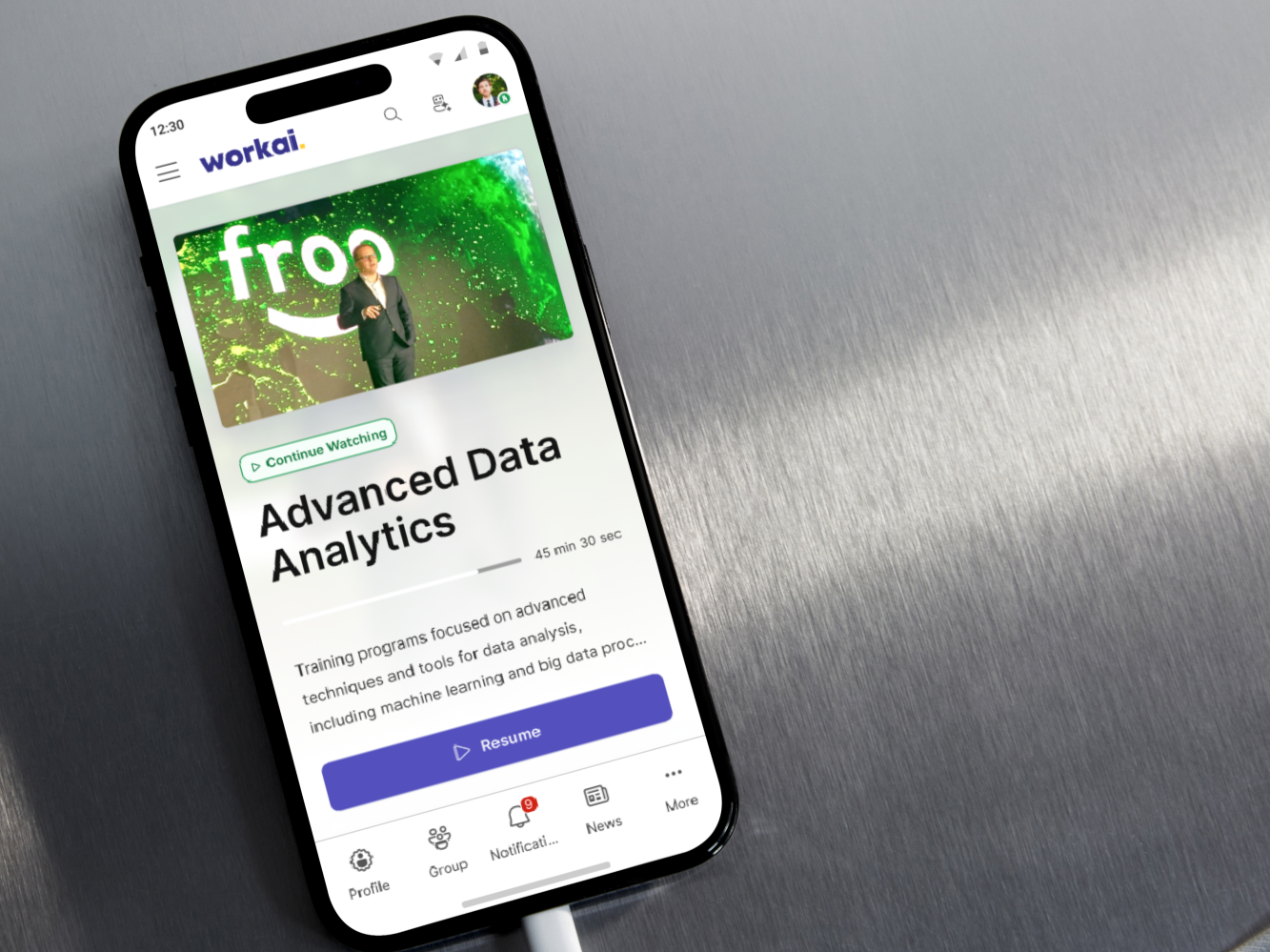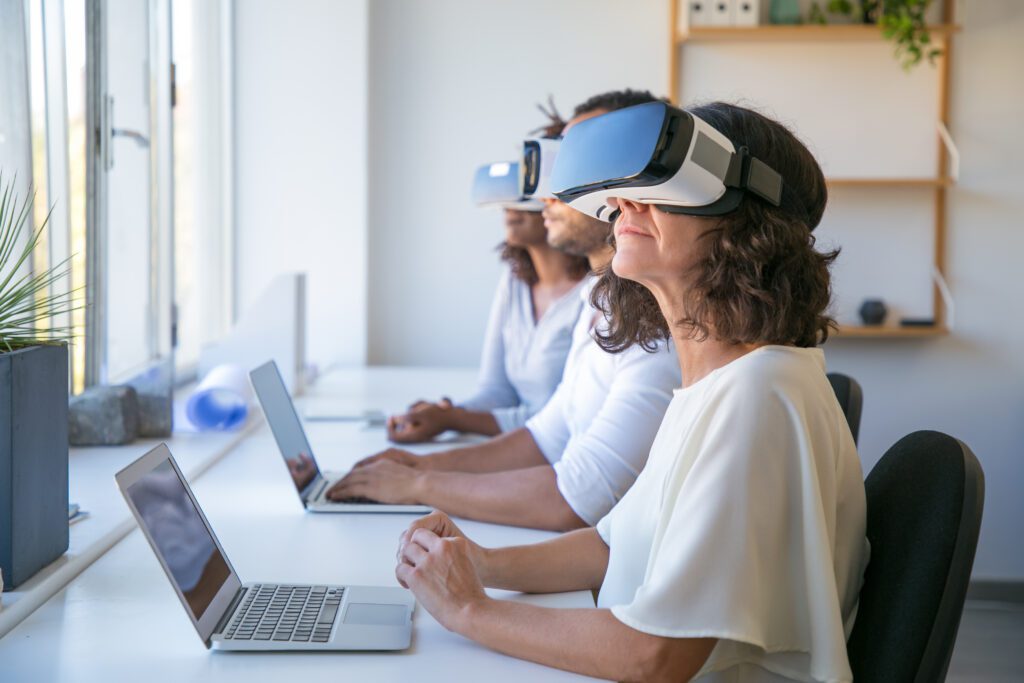
The future of work 2030: get ready for the big shift
The digital workplace is undergoing one of the most significant shifts in recent years. The rapid evolution of artificial intelligence, the emergence of extended reality technologies, and the growing expectations of employees are transforming Employee Experience (EX) from an add-on into a core element of organizational strategy.
What will daily work look like five years from now? Will the traditional office still be relevant? How will AI reshape team management? And most importantly — how can organizations start preparing for these changes today?
1. A smarter, more flexible, more human digital workplace
The future of work 2030, the digital workplace will no longer be just a tool for getting things done. It will become an intelligent ecosystem that learns from our behaviors, preferences, and individual work styles. Powered by advanced artificial intelligence, modern EXP platforms won’t just deliver information; they will provide context, real-time recommendations, and meaningful support for daily decision-making.
Imagine a system that proactively suggests a no-meeting day, shortens unnecessarily long calls, or recommends a training course precisely when it detects a drop in engagement. This level of personalization isn’t a futuristic dream, it’s the direction Employee Experience is already heading.
Use case example:
In a modern EXP platform, an employee doesn’t need to search for the company’s latest vacation policy. Based on their activity and previous questions, AI automatically displays a summary card and suggests potential time-off dates, taking into account the team’s workload and the employee’s calendar.

2. The end of 9-to-5: flexibility as the new standard
Hybrid and remote work have already become a reality for many teams, but this is only the beginning. In the future, flexibility will extend beyond location to include time. Organizations will realize that productivity is no longer tied to sitting at a desk during fixed hours.
Enabled by AI and EXP platforms, work will become fully asynchronous. These systems will automatically suggest the best times for collaboration, align tasks with individual energy levels, and reduce the need for unnecessary meetings. The result? More focused work, fewer interruptions, and a smarter flow to the workday.
Use case example:
The EXP platform analyzes the preferred working hours of each project team member and automatically assigns tasks in a way that minimizes real-time dependencies. Everyone works during their most productive hours, while shared tasks are seamlessly synchronized by AI.
3. XR and the metaverse – a new dimension of learning, onboarding, and collaboration
Extended and virtual reality (XR) are set to revolutionize how employees learn, collaborate, and connect at work. Static presentations will be replaced by interactive VR training, and traditional onboarding will give way to immersive digital journeys guided by AI.
In the future, the metaverse may not simply replicate the office in 3D. It will enable purpose-built environments tailored to the unique needs of each team. Meetings, brainstorming sessions, and even informal chats will take place in immersive virtual spaces. The future of work is one where every employee has their avatar and a personalized digital workspace.
Use case example:
A newly hired employee logs into the company’s virtual office, where their avatar begins an interactive onboarding journey. In a virtual HR room, they meet an AI assistant who walks them through the organizational structure, explains key policies, and answers questions in real time.

4. Data, emotions, and predictive insights in service of employee experience
By 2030, EXP platforms will go far beyond tracking activity and KPIs. They will be able to interpret employee sentiment, monitor energy levels, and proactively suggest actions to support well-being, from taking a break to reprioritizing tasks or reducing meeting load.
Career development will also become more dynamic. In real time, the system will recommend relevant courses, stretch assignments, and skill-building opportunities tailored to each employee’s strengths and aspirations. This level of personalization will help organizations cultivate more engaged, loyal, and motivated teams.
Use case example:
The EXP detects a noticeable drop in activity and reduced interaction levels within a sales team. Based on this insight, it suggests that the manager schedule a short, informal 1:1 check-in with the employee and recommends a workshop focused on energy management and personal effectiveness.
5. Digital well-being as a cornerstone of organizational culture
One of the biggest shifts ahead will be a redefinition of productivity. It will no longer mean “getting more done in less time”, but rather “delivering quality work while respecting employee well-being.”
EXP platforms will actively support work-life balance by encouraging microbreaks, recommending offline days, and even muting notifications after working hours. Mental health indicators will become part of KPI dashboards, and digital well-being will be treated as a new organizational standard.
Use case example:
After analyzing work patterns, the EXP recommends implementing a “Focus Thursday”, a day free of meetings. It automatically blocks the employee’s calendar and suggests a longer outdoor break, based on detected stress levels and a recent lack of physical activity.

What can organizations do today?
- Start small – pilot AI tools, implement digital hygiene practices, and explore the potential of XR in controlled settings.
- Invest in transparency, especially when it comes to employee data and EX analytics.
- Design work environments that support people, not just processes.
The future of work won’t arrive overnight, it’s already unfolding. Organizations that make intentional decisions today won’t just be ready for the shift ahead. They’ll lead it, creating workplaces where people want to be, not just have to be.
